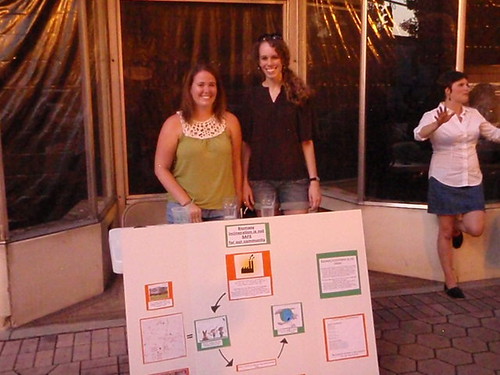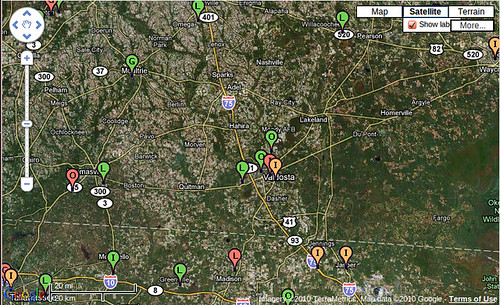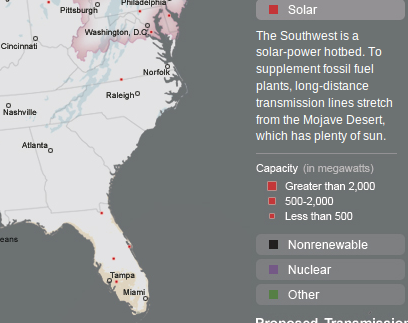-jsq
 Re: Forester R. Wayne Bell’s points of May 20, 2010. (Hi Wayne; I’ll get those dibbles back to you soon.)
Re: Forester R. Wayne Bell’s points of May 20, 2010. (Hi Wayne; I’ll get those dibbles back to you soon.)
Where does Georgia Power say Albany’s biomass plant will reduce carbon dioxide emissions by 95 percent? Biomass proponents usually say what Forester Bell says: trees are carbon neutral. That ignores the time gap between clearcutting and new growth. That gap from 15 to 100 years or more can produce a lot of CO2.
 As a tree farmer myself, I know the pulpwood market is down in Georgia due to the recession and foreign competition. I’d like to be convinced that biomass is the new market we need, but the more I look into it,
the more obfuscation I encounter.
As a tree farmer myself, I know the pulpwood market is down in Georgia due to the recession and foreign competition. I’d like to be convinced that biomass is the new market we need, but the more I look into it,
the more obfuscation I encounter.
Forester Bell seeks a study showing solar will work in Georgia. Georgia Power’s web pages (renewable energy -> solar -> solar potential)
http://www.georgiapower.com/spotlightsolar/solar_potential.asp
include a map of Georgia’s Solar Potential,
Continue reading









